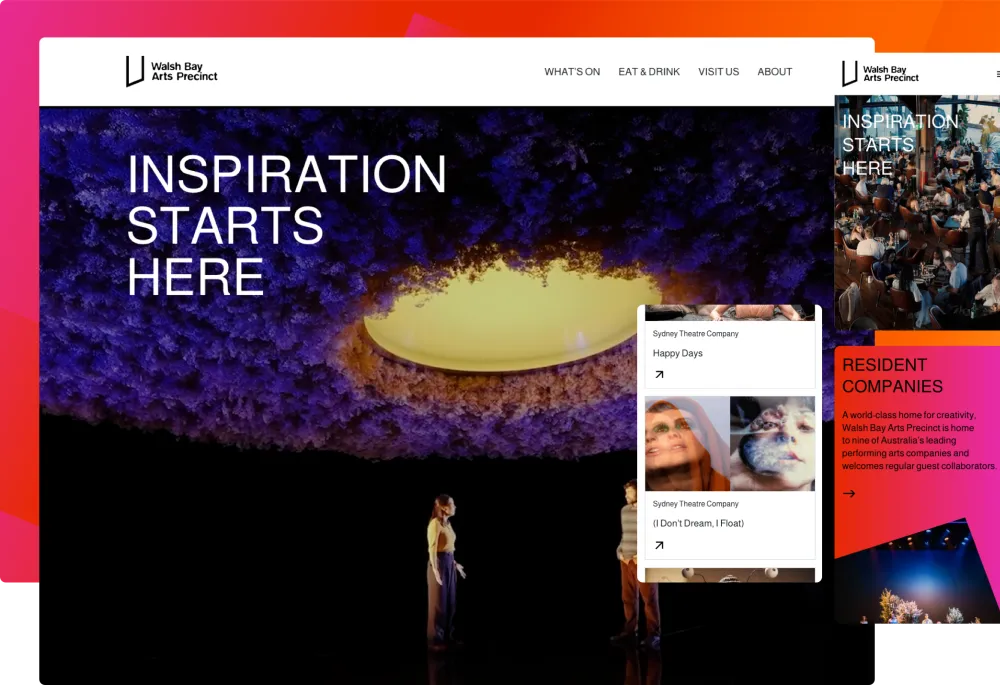Sector(s)
Team Members
Project Team
Andrew Berry, Ben Chavet, Darren Petersen, Dave Reid, Greg Dunlap, Jen Witkowski, Jerad Bitner, Juan Olalla Olmo, Heather Drummond, Matt Oliveira, Matt Robison, Matthew Tift
Implementation of a Drupal platform in 2017 to manage multiple site instances for NYU School of Medicine, incorporating marketing, departments, and faculty profiles with a component-based page construction for flexible content delivery.
The Challenge and Vision
The NYU School of Medicine project embarked on creating a unified digital platform. This vision was essential for managing their extensive network of departmental and faculty websites, each with its unique content needs.
Back to topStrategic Implementation
Utilizing Drupal's robust features, the project team developed a strategy to not only manage content across multiple sites but also ensure a cohesive user experience. This involved integrating various internal services through sophisticated APIs.
Back to topTechnical Mastery and User-Centric Design
The focus was on technical excellence and user-friendliness. The team ensured that the new system was not just technically sound but also intuitive for users, balancing complexity with usability.
Back to topImpactful Results
The implementation of the Drupal platform transformed NYU School of Medicine's digital presence. It streamlined content management processes, improved accessibility, and enhanced user engagement across the board.
Back to topThe Future and Beyond
The success of this project laid a foundation for future digital initiatives at NYU School of Medicine. It showcased Drupal's potential in handling complex, multi-site environments, setting a benchmark for similar projects in the educational sector.
Back to topDrupal was selected for its flexibility to manage a network of 250+ websites with various internal services through APIs, addressing specific content management and search needs.

Technical Specifications
Drupal version:
Key modules/theme/distribution used:
- We used custom entity types and Inline Entity Form to do reusable micro-content.
- We used the Features module to ship some buckets of configuration (content types, views, etc) with modules.


